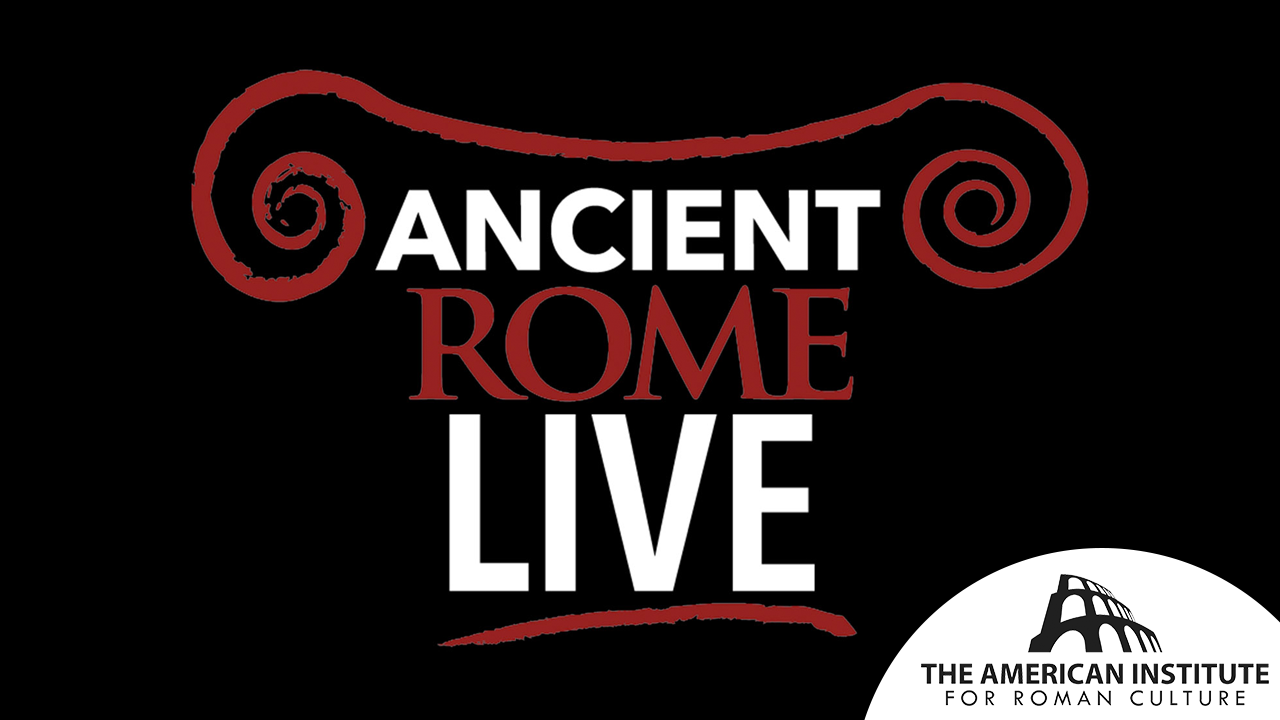This content is brought to you by The American Institute for Roman Culture, a 501(C)3 US Non-Profit Organization.
Please support our mission to aid learning and understanding of ancient Rome through free-to-access content by donating today.
The aqueducts are some of the most memorable constructions from Ancient Rome. The monumental arches can still be seen standing in some parts of the city and in other locations that were part of the Empire, including France and Tunisia. There were 11 aqueducts built in Rome during the Republic and Imperial periods.
The precision of the technical system of the aqueducts proves that the ancient Romans were masters of engineering. The aqueducts consisted of artificial channels that collected water from natural sources, including rivers and springs, and led them into the city. These sources had to be located at a higher elevation so the water could flow down gradually. The inclination of the channels was minimal, decreasing around five meters in height per kilometer.
In total, the channels stretched an incredible 500 kilometers, the majority of the construction being underground. The arches that are still visible today consisted of only 5% of their total length. The arches supported the water channels above them, as they were built to cross areas where it was not possible to dig underground and, depending on the condition of the terrain, to maintain the gradual inclination fundamental for the aqueducts to function. Importantly, the arches represented the power and confidence of the Romans as they were exposed and vulnerable to enemy attacks.
Throughout time and as technology improved, the Romans were able to harvest water from further and even higher locations. The higher the location of the source, the higher the water entered the city, which allowed the supply of water to the hills of Rome. An example is the Baths of Trajan, located on the Esquiline Hill and fed by the Aqua Traiana built in 109 AD.
The immense amount of water from the aqueducts constantly flowed into the city. After being used for its primary purpose, it was directed into secondary locations, including shops and laundries. Some of the water was stored in cisterns to rotate and substitute the water in the pools of the imperial baths.
Finally, the water was discharged into the sewer lines and drained into the Tiber River. The aqueducts were directly connected to the development and success of the Roman civilization. According to author and engineer Frotinus, when all 11 aqueducts were working, they supplied the city with 1 million cubic meters of water provided to a population of nearly 1 million people.
Bibliography
Butler, Howard Crosby. “The Roman Aqueducts as Monuments of Architecture.” American Journal of Archaeology 5, no. 2 (1901): 175–99.
https://doi.org/10.2307/496768.
Chanson, H. “Hydraulics of Roman Aqueducts: Steep Chutes, Cascades, and Dropshafts.” American Journal of Archaeology, Volume 104, Number 1. January 2000
https://doi.org/10.2307/506792
Morgan, M. H. “Remarks on the Water Supply of Ancient Rome.” Transactions and Proceedings of the American Philological Association 33 (1902): 30–37. https://doi.org/10.2307/282585.
Romolo Augusto Staccioli, Acquedotti, fontane e terme di Roma antica, Roma, Newton & Compton, 2005.
License
Created by The American Institute of Roman Culture, published on 10/24/2019 under the following license: Creative Commons: Attribution-NonCommercial-ShareAlike. This license lets others remix, tweak, and build upon this content non-commercially, as long as they credit the author and license their new creations under the identical terms. Please note that content linked from this page may have different licensing terms.
Cite This Page
Cite this page as: Darius Arya, The American Institute for Roman Culture, “Aqueducts (Technology & Uses)” Ancient Rome Live. Last modified 10/02/2020. https://ancientromelive.org/aqueducts-general/



